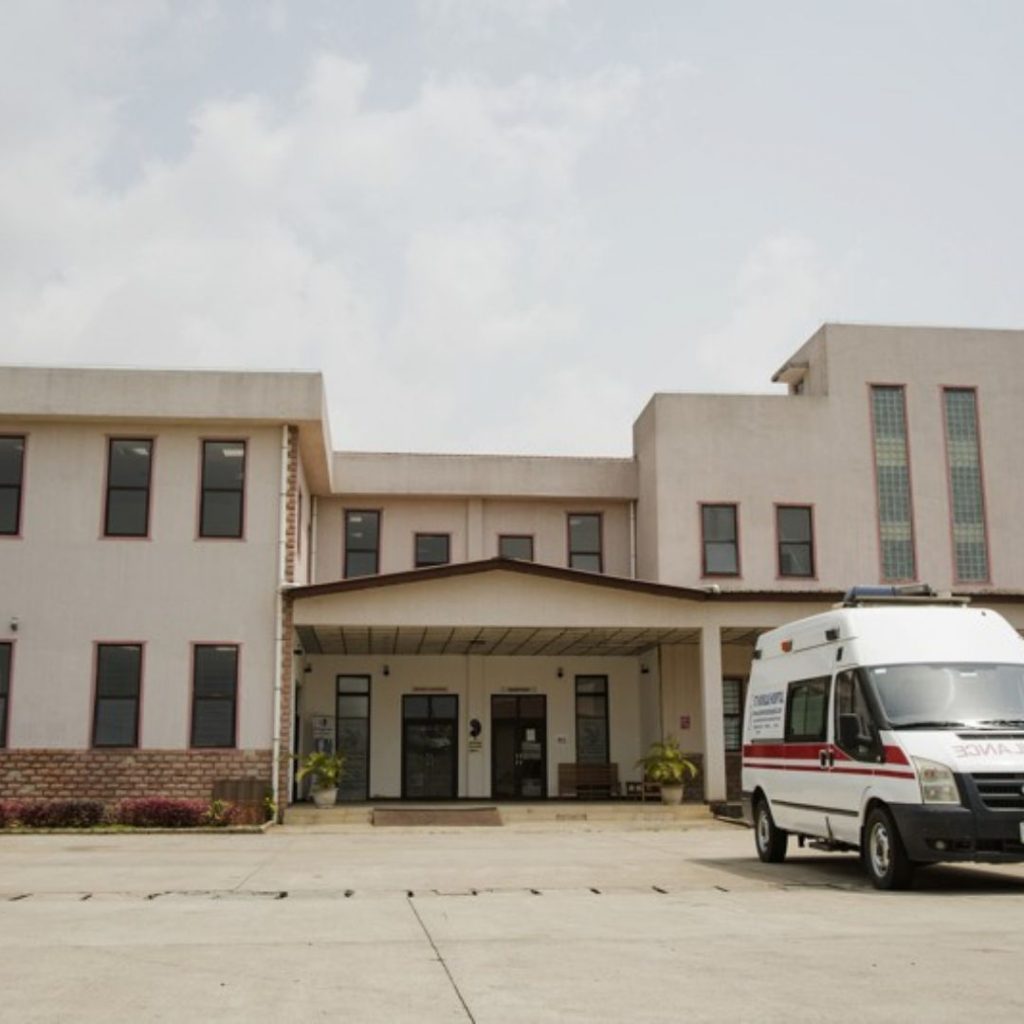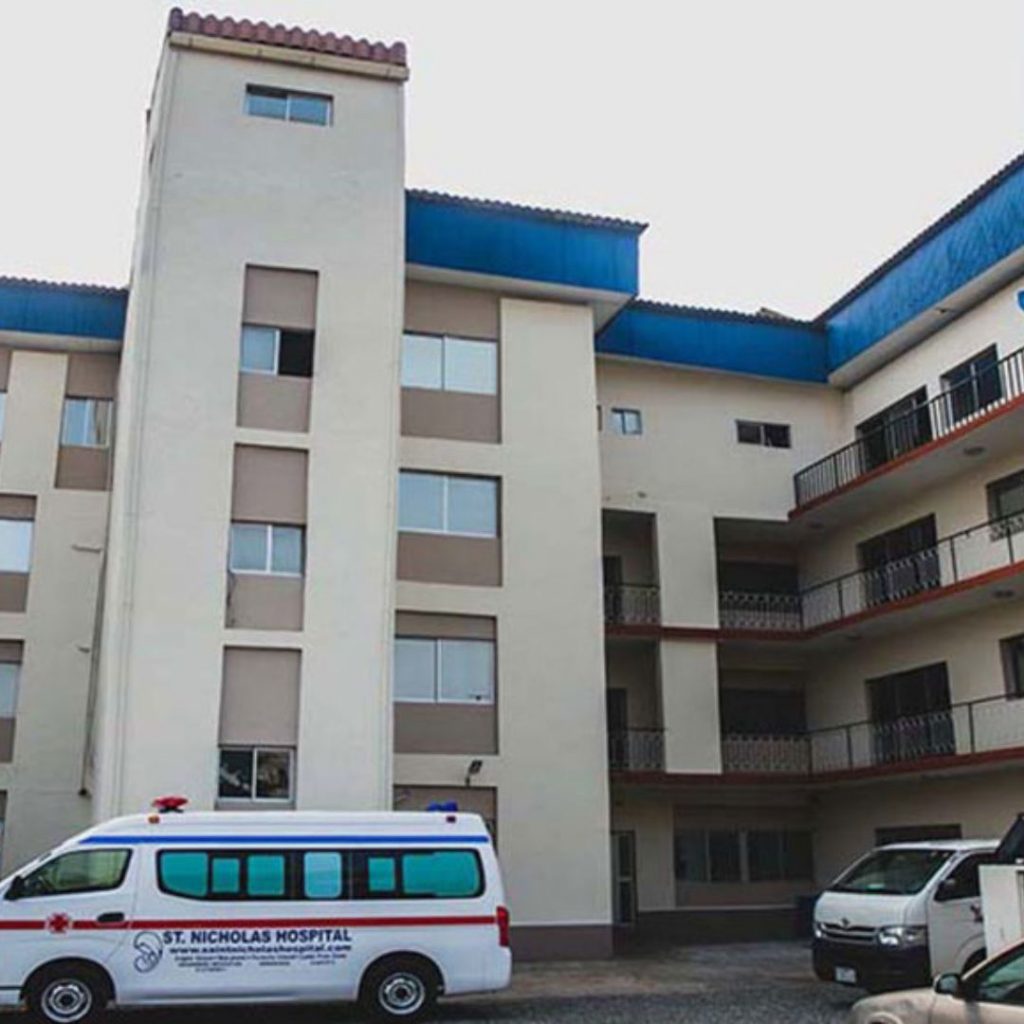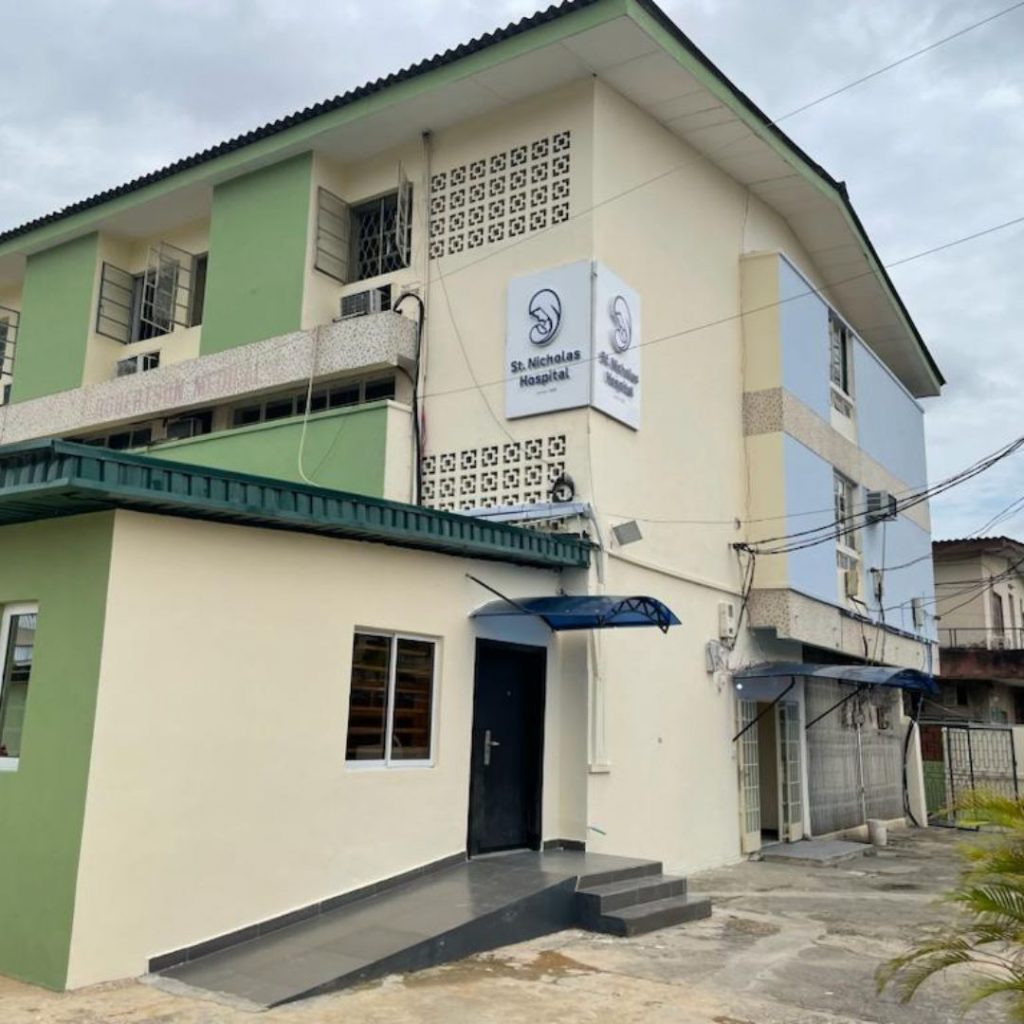The Quad screen is a blood test that gives a woman useful information about her pregnancy. The quad screen is used to evaluate whether the pregnancy has an increased chance of being affected with certain conditions, such as Down syndrome or neural tube defects. If the risk is low, the quad screen can offer reassurance that there is a decreased chance for Down syndrome, trisomy 18, neural tube defects and abdominal wall defects.

Is the Quad screen not the same as my usual Ante-natal test?The screen is essentially the same as other medical screening tests that look for other relevant substances, except the likelihood of identifying pregnancies at risk for Down syndrome is higher through the evaluation of Inhibin-A levels. Inhibin-A: inhibin-A is a protein produced by the placenta and ovaries. The Quad test determines a mother’s risk for having a baby with Down syndrome.
The Quad screen test measures levels of four substances in pregnant women’s blood:
- Alpha-fetoprotein (AFP) (a protein made by the developing baby)
- Human chorionic gonadotropin (HCG) (a hormone made by the placenta)
- Estriol (a hormone made by the placenta and the baby’s liver)
- Inhibin A, (another hormone made by the placenta)
The test is done between weeks 15 and up to week 22.
Why is the Quad screen done?
The quad screen evaluates your chance of carrying a baby who has any of the following conditions:
- Down syndrome (trisomy 21). Down syndrome is a chromosomal disorder that causes lifelong intellectual disability and developmental delays and, in some people, health problems.
- Trisomy 18. This is a chromosomal disorder that causes severe developmental delays and abnormalities in the structure of the body. Trisomy 18 is often fatal by age 1.
- Spina bifida. Spina bifida is a birth defect that occurs when a portion of the neural tube fails to develop or close properly, causing defects in the spinal cord and in the bones of the spine.
- Abdominal wall defects. In these birth defects, the baby’s intestines or other abdominal organs stick through the belly button.
The quad screen has traditionally been one of the most commonly used screenings in the second trimester. It was generally used if prenatal care began during the second trimester or if first trimester screening, which involves a blood test and an ultrasound exam, wasn’t available.
A negative quad screen doesn’t guarantee that the baby won’t have a chromosomal abnormality, single-gene disorder or certain birth defects. If your screening test is positive, your doctor will recommend additional testing to make a diagnosis.
Before the screening, think about what the results mean to you. Consider whether the screening will be worth any anxiety it might cause, or whether you’ll handle your pregnancy differently depending on the results.
When should a Quad screen be done?
The Quad screen may be offered to the expectant mother by the obstetrician/gynaecologist between 15 and 20 weeks of pregnancy, counting from the first day of the last menstrual period.
How is a Quad screen it done?
You can eat and drink normally before the test.
During the Quad screen test, a sample of blood is taken from the woman’s vein. The blood sample is sent to a lab for analysis.
You can return to your usual activities immediately.
Substances in the blood sample are measured to screen for:
- Problems in the development of the fetus’ brain, spinal cord and other neural tissues of the central nervous system (neural tube). Problems with neural tube development can occur as spina bifida or anencephaly (absence of all or part of the brain). Neural tube defects occur in 1 or 2 out of every 1000 births. The quad marker screen can detect approximately 75% of open neural tube defects.
- Genetic disorders such as Down syndrome, a chromosomal abnormality. Approximately 1 in 720 babies is born with Down syndrome. The quad marker screen can detect approximately 75% of Down syndrome cases in women under age 35 and 85 to 90% of Down syndrome cases in women age 35 years and older.
Do I need to have the Quad screen test?
All pregnant women are recommended to have a quad marker screen, but it is your decision whether or not to have the test. However, if you have any of the following risk factors, you may want to strongly consider having the test:
- You are age 35 or older when the baby is due.
- Your family has a history of birth defects.
- You’ve had a child with a previous birth defect.
- You have had insulin-dependent (type 1) diabetes prior to your pregnancy.
If you have any questions or concerns about this test, please talk with your healthcare provider.
Risks
The quad screen is a routine prenatal screening test. The test poses no risk of miscarriage or other pregnancy complications.
Results
Your age and results of the quad screen will be used at the estimated time of delivery to evaluate your chance of carrying a baby who has certain chromosomal conditions, neural tube defects or abdominal wall defects.
Factors that can affect the substances measured by a quad screen include:
- A miscalculation of how long you’ve been pregnant
- Maternal race
- Maternal weight
- Carrying more than one baby during a pregnancy
- Diabetes
- In vitro fertilization
- Smoking during pregnancy
The quad screen correctly identifies about 80 percent of women who are carrying a baby who has Down syndrome. The quad screen only indicates your overall chance of carrying a baby who has certain chromosomal conditions, neural tube defects or abdominal wall defects. A decreased chance (negative screen result) doesn’t guarantee that your baby won’t have one of these conditions. Likewise, an increased chance (positive screen result) doesn’t guarantee that your baby will be born with one of these conditions.The doctor will help you understand your test results and what the results might mean for your pregnancy.
Quick Facts:
What it looks for
- Down syndrome
- Trisomy 18 (Edwards Syndrome)
- Open Neural Tube Defects (ONTD)
When to do it
- 15 weeks, 1 day to 21 weeks, 6 days gestation
Why this test
- Stand-alone second trimester screen
- Screens for open neural tube defects
- Screen for Down syndrome issues
References
https://my.clevelandclinic.org
https://www.ntd.eurofins.com
American Pregnancy Association Home






